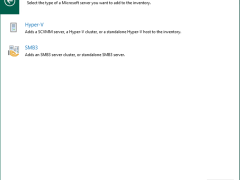
How to add Microsoft SMB3 Servers to Veeam Backup and Replication v12
Veeam Backup & Replication can perform backup, replication, and file copy operations on Microsoft Hyper-V VMs whose discs are located on Microsoft SMB3 file shares.

Veeam Backup & Replication can perform backup, replication, and file copy operations on Microsoft Hyper-V VMs whose discs are located on Microsoft SMB3 file shares.
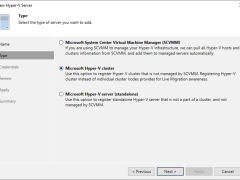
You must add the Microsoft Hyper-V clusters you plan to use as source and target for backup, replication and other activities.
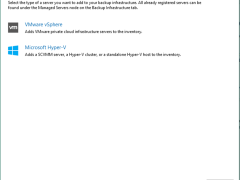
You must add the Microsoft Hyper-V standalone hosts you plan to use as source and target for backup, replication and other activities.
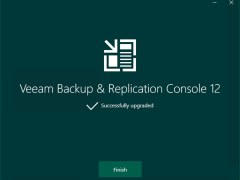
To gain remote access to Veeam Backup & Replication v12, you must first upgrade the Veeam Backup & Replication console to v12 on a dedicated machine.
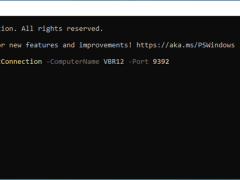
When you install Veeam Backup & Replication, the Veeam Backup & Replication console is automatically installed on the backup server. If you want to access Veeam Backup & Replication remotely, you can install the Veeam Backup & Replication console on a dedicated machine.
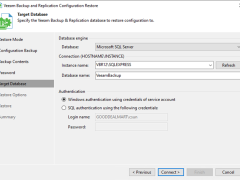
Microsoft SQL Server Express has a configuration data storage limit of 10 GB. The Express Edition is sufficient for the evaluation and small environments (500 VMs).
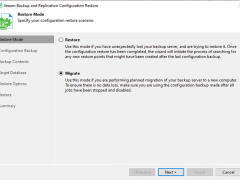
PostgreSQL is free and has no size limit or compute restrictions has improved performance over SQL Express.
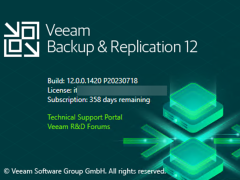
Veeam Backup and Replication v12 launched on Feb 14, 2023. If you are still using an older version, it is time to upgrade it to v12. To upgrade Veeam Backup & Replication to version 12, you must have version 10a (build 10.0.1.4854) or later installed on the supported operating system.
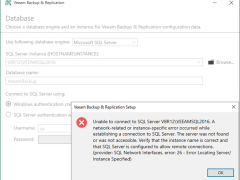
You can choose Microsoft SQL as a Veeam Backup & Replication database. You were installing a Microsoft SQL Server (or Express), either locally on the backup manager server or remotely. If Microsoft SQL Server is not already installed. In that case, the Veeam Backup & Replication won’t install the Microsoft SQL Server Express Edition on the backup server automatically. You must install it before installing Veeam Backup and Replication v12 version.
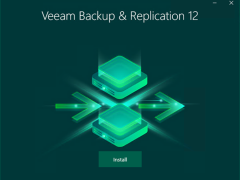
When you install Veeam Backup & Replication, the Veeam Backup & Replication console is automatically installed on the backup server.
You can choose PostgreSQL as a Veeam Backup & Replication database. It has no size limit or computes restrictions and has improved performance over SQL Express.
When using your work or school account to access Microsoft/Office365 apps on RDS Server, it shows an error message “Your account was not set up on this device because device management could not be enabled.”

This error is common if the Exchange Servers use Antivirus endpoint software or a backup agent. The antivirus software or backup agent will impact the stopping services process.
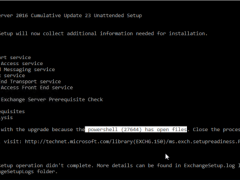
When I tried to prepare the AD schema for installing Exchange 2016 CU23, and it happened the error message is below.
“Setup can’t continue with the upgrade because the powershell has open files” error message.
Let’s fix it.
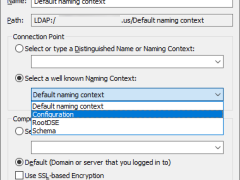
Today, I helped a client migrate Exchange from 2010 to 2019. As you know, Exchange 2010 can’t migrate to 2019 directly. You need to migrate Exchange from 2010 to 2016 and then 2019.
When I tried to prepare the AD schema for installing Exchange 2016 CU23, and it happened the error message is below.
“One or more servers in the existing organization are running Exchange 2000 Server or Exchange Server 2003”.
The error is because they were not uninstalled Exchange 2000 or 2003 completed. Let’s fix it.
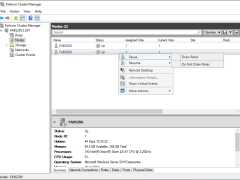
Microsoft released Windows patches on the second Tuesday of every month. This procedure installs Microsoft Windows server patches for the production cluster servers without an outage.
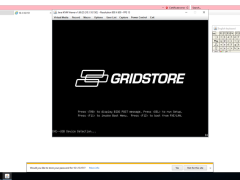
There are many ways to rebuild the Hyper-V host, but I will show you how to rebuild a Microsoft Hyper-V host via Virtual Media. These screens captured were for Windows Server 2019, but not for Windows Server 2019 only. You can use Windows Server 2022 ISO image file too.
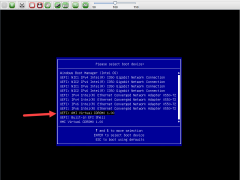
There are many ways to rebuild the Hyper-V host, but I will show you how to rebuild a Microsoft Hyper-V host via Virtual Media Wizard. This process is also can use for other vendors’ machines, not for the dataOn host only.
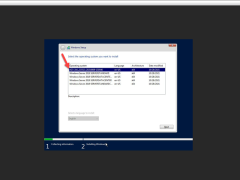
There are many ways to rebuild the Hyper-V host, but I will show you how to rebuild a Microsoft Hyper-V host via PXE. This process is also can use for other vendors, not for the DataOn host only. It would be best to ask the host hardware vendor to send you the custom WIM image file before rebuilding it.
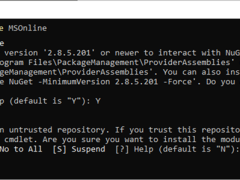
If you are trying to rebuild the Azure AD Connect server, but you noticed y the Delete user is greyed out and you cannot delete the existing On-Premises Directory Synchronization Service Account from Microsoft 365 admin center.
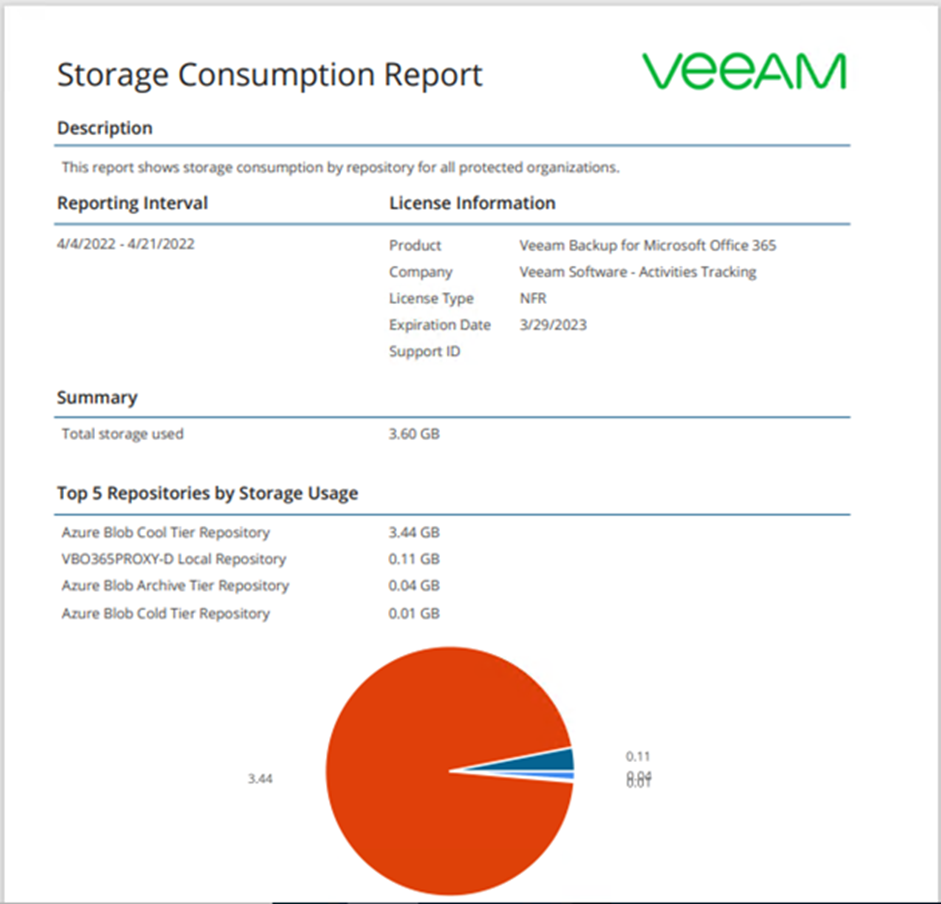
The Storage Consumption reports show statistical information on used space in backup or object storage repositories, including archive object storage.